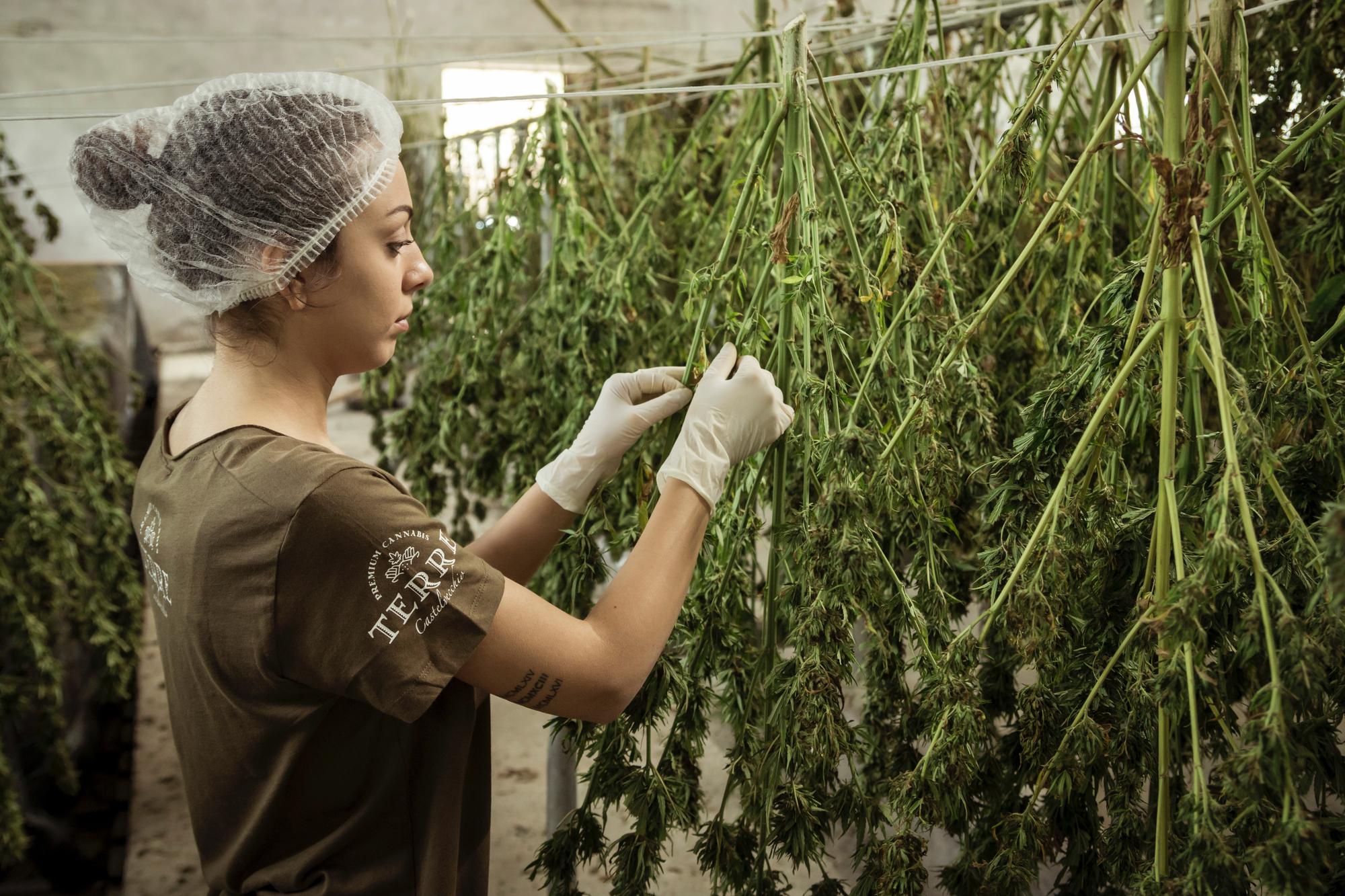For wholesalers in Nevada, brand building doesn’t start and end with a logo on a jar—it lives at the intersection of compliance, shopper moments, and data-driven differentiation. Nevada’s Cannabis Compliance Board (CCB) sets detailed packaging and advertising guardrails, which paradoxically create clear lanes for disciplined brands to stand out. Regulation 12 dictates how labels look and what they must say (e.g., font sizes, potency statements, serving disclosures for edibles), while the broader Nevada Cannabis Compliance Regulations require Board approval for packaging and limit certain ad claims. Mastering these requirements—and designing within them—becomes a brand asset, not a constraint.
1. Compliance-first packaging as a signal of trust
Nevada mandates, among other items, legible typography and potency disclosures; edibles must clearly state servings and THC per serving. Precise, clean information design that exceeds these minimums (e.g., clear dosing iconography, multilingual safety tiles, easy-scan batch QR codes linking to COAs and sourcing stories) communicates reliability to retailers and consumers. With packaging approval required under NCCR 6.123, suppliers that nail “right-the-first-time” submissions reduce relabel risk and win shelf favor.
2. Retail-compliant storytelling and in-store assets
CCB advertising guidance outlines disclaimers and content boundaries, affecting everything from window clings to digital assets. Wholesalers who co-develop compliant in-store kits—shelf talkers, strain cards, terpene wheels, and education one-pagers for budtenders—create scalable brand theater without triggering ad violations. Keep materials aligned with the latest CCB guidance and local ordinances, and offer templated assets dispensaries can deploy quickly.
3. Data-led assortment and pricing narratives
Nevada is a volatile, tourist-influenced market where category and price sensitivities swing. Headset’s market tracking shows recent softness in sales and units, underscoring the need for surgical assortment and price-pack architecture (e.g., value eighths vs. premium small-batch, multi-pack pre-rolls, and seasonal limited runs). Wholesalers can brand around “right product, right time” by using third-party sell-through data to pitch tailored lineups per store cluster and visitor profile.
4. Tourist & repeater segmentation
Las Vegas relies on a high share of repeat visitors, which means segmentable patterns: business travelers, entertainment seekers, and value hunters. Brand programs that bundle turnkey travel-friendly formats (discreet vapes, mini pre-rolls, fast-onset edibles) and “first-timer guides” for concierge desks can position wholesalers as experience designers, not just case shippers. Use LVCVA visitor research to time drops around event calendars and convention waves.
5. Co-branding and private-label lanes
Within Nevada’s rules, co-branding and white-label partnerships can unlock exclusive SKUs per retailer (e.g., casino-adjacent shops, neighborhood stores). Done right, these programs stay compliant on packaging and advertising while letting dispensaries express their house identity. As rules evolve—such as recent policy activity on intoxicating hemp products aligning packaging/testing with cannabis standards—maintaining a unified compliance playbook across THC and hemp lines can strengthen brand trust.
6. Quality & safety as brand features
Nevada’s history of strict enforcement (e.g., pesticide advisories) makes robust QA storytelling a differentiator. Batch-level transparency, third-party lab education modules for staff, and simple “how we test” graphics on sell sheets can convert budtenders into brand advocates. In a crowded flower and pre-roll set—where packaging, paper type, and format influence loyalty—clear safety narratives plus thoughtful form-factor design help products stand out.
7. Playbooks for changing demand
When visitation or spend patterns wobble, wholesalers can defend velocity by activating “micro-campaigns” that stay inside ad rules: rotating flavor drops, limited collabs tied to major events, or value bundles coordinated with retailer loyalty programs—each supported by compliant in-store education and digital product pages. Monitoring LVCVA trend sheets and Headset dashboards enables quicker pivots and smarter brand messaging.
Bottom line
In Nevada, brand equity for wholesalers is earned through repeatable compliance, retail enablement, and demand intelligence. The suppliers who pair beautiful, lawful packaging with credible QA stories, event-savvy assortments, and budtender-first toolkits will keep winning shelf space—and shopper trust—in a market that rewards precision.

